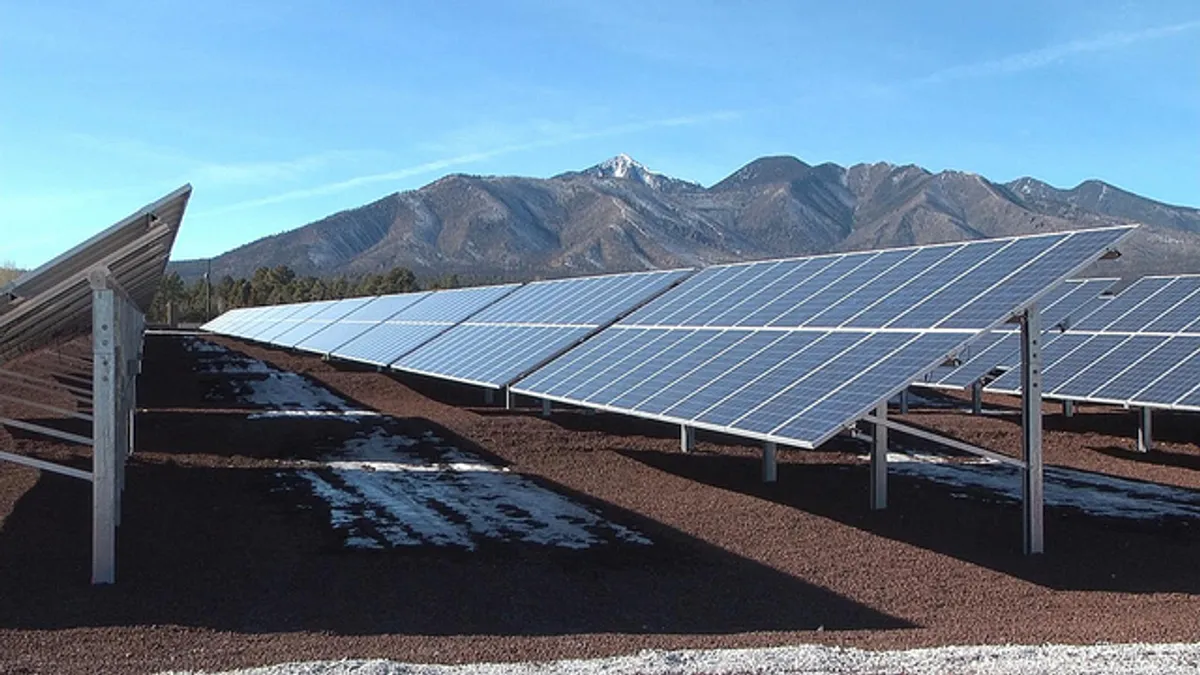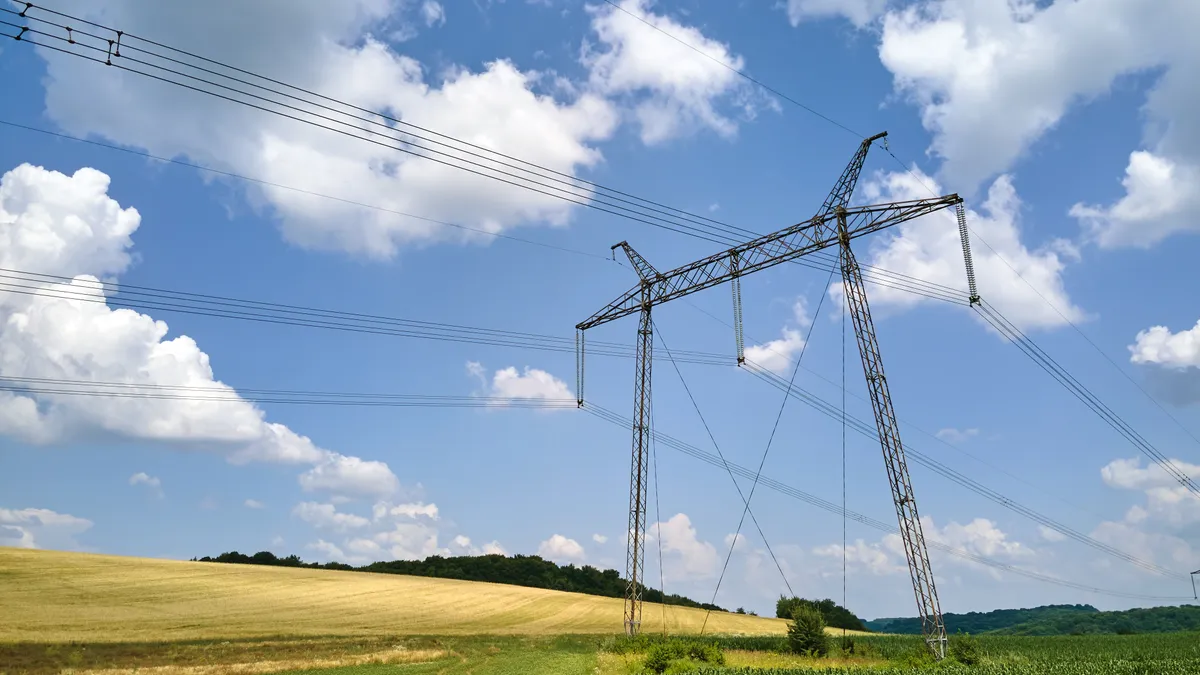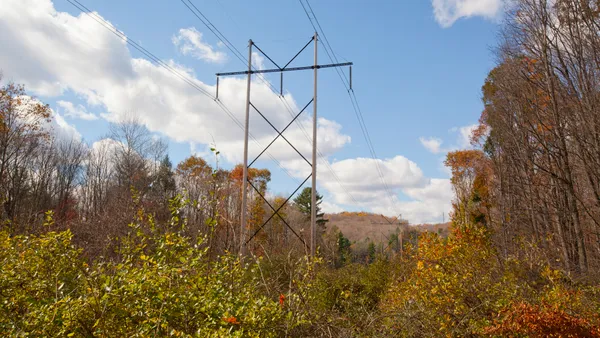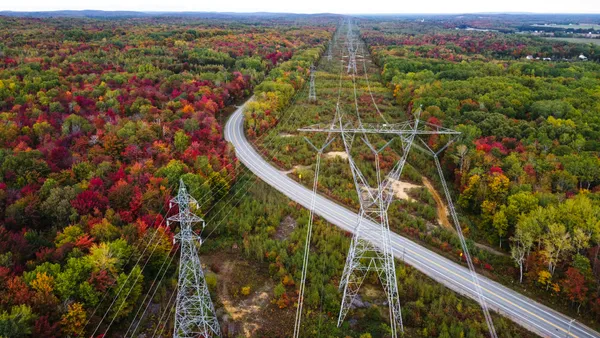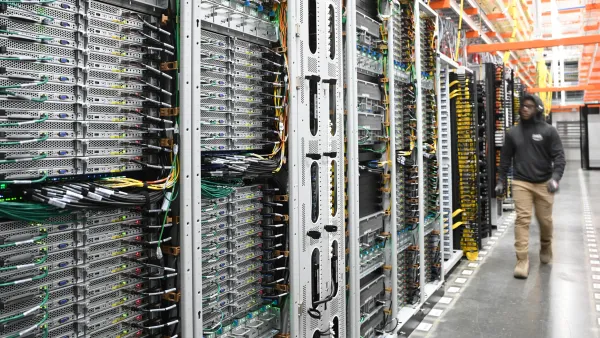Dive Brief:
- Pinnacle West Capital, the parent company of Arizona Public Service, on Thursday reported first quarter net income of $16.9 million, compared with a $3.3 million loss in the same period last year. The company said new rates and strong customer growth drove the improved result.
- In the first quarter, APS saw 1.8% year-over-year growth in the number of its retail customers, and weather-normalized sales growth of 5.9%, the company said. State regulators in February approved new rates which went into effect last month.
- The company says it expects 2024 weather-normalized retail electricity sales to grow 2% to 4%, driven by new manufacturing facilities and several large data centers. Longer-term, new production facilities built by Taiwan Semiconductor Manufacturing Co. will further increase sales, officials said.
Dive Insight:
APS’ new electric rates went into effect March 8 and, along with other regulatory decisions, have been adding to the company’s bottom line. The utility also saw increased revenues from a lost fixed cost recovery mechanism and a surcharge resulting from an appeal of its 2019 rate case, the company said.
The sale of subsidiary Bright Canyon Energy — a renewable energy developer — helped drive Pinnacle’s $0.15/share gain in the first quarter, compared to a loss of $0.03/share in the same period last year.
“These positive impacts were partially offset by milder year-over-year weather and increases in interest expense depreciation and amortization,” Andrew Cooper, Pinnacle’s chief financial officer, said in a call with analysts.
Population growth as well as new business investment in Arizona is expected to drive long-term demand, company officials said. About 70% of APS customers live in Maricopa County, which saw the fourth highest population increase in the U.S. in 2023, according to census data. And the state is attracting new industry, such as a $65 billion investment by Taiwan Semiconductor Manufacturing Co. to build new facilities.
“This ongoing influx of residents underscores the need for continuous investments in our infrastructure to ensure reliable service for our customers,” Cooper said. “Our current capital expenditure and financing plans are designed to meet these expanding demands effectively.”
The Q1 sales growth resulted from “the ramp-up of the Taiwan Semiconductor ecosystem, and their buyers and downstream vendors, as well as the ramp-up of some of the existing data center customers that we've had come online over the last couple of years,” Cooper said.
Longer-term sales growth is tied to full production of TSMC coming online, he said.
Heading into the summer, APS is focused on ensuring its generation resources are ready and that it can maintain its system safely throughout wildfire season, said Pinnacle West Chairman, President and CEO Jeff Guldner.
“We're in the final stages of our planned maintenance activities for our thermal units ahead of the summer period,” he said. In addition, the company’s Palo Verde Unit 3 nuclear facility is currently in a planned refueling outage and is expected to return to service this month.
To combat the risk of wildfires during Arizona’s hot, dry summers, the company is implementing a new Public Safety Power Shutoff program that will allow it to temporarily halt electric service in areas where there is an elevated risk its system could start or contribute to a fire.
APS has been working on implementation since last summer and has “partnered with local communities, first responders and state officials to ensure that our customers are informed and know what to expect,” Guldner said. “We've had community workshops and have invested a lot in customer communications to ensure that this is a transparent process.”
The PSPS is a last resort, Guldner said. The utility’s wildfire management plan also includes a “robust vegetation management program, including creating defensible space around poles and infrastructure, and strong coordination with forest management officials around the state,” he said. And the utility is rolling out technology such as weather stations, cameras and advanced risk modeling software.
While California utilities have been the “tip of the spear” in dealing with wildfires, Guldner said power providers across the country are now forced to reckon with the risks.
“In some of the wildfire task force groups, you see a lot more Eastern utilities that are participating in what used to be just be a conversation among the Western utilities,” he said.



